Date: 19 October 2012
Yet a newly-developed method makes it possible to apply any cutting technique. Researchers will display an undulating-cut pane of safety glass at the Glasstec trade fair from 23 to 26 October in Düsseldorf (Hall 15, Booth E25).
.jpg)
Model cut: A new process makes it possible to separate safety glass into any desired shape.
© Fraunhofer IWM
If an object slams into the glass façade of a high-rise building, the glass must not shatter and fall down, because it could harm pedestrians below. In addition, the window panes must hold if a person were to fall against it from the inside. Architects and builders therefore must use something stronger than laminated safety glass on the façades of high rise buildings. The same applies to the windshields on cars. Safety glass prevents passengers in an accident from getting hurt by glass shards. And shop windows made of safety glass are expected to reliably safeguard the displayed goods from thieves. The principle behind this glass: a tear-proof film is inserted between two panes of glass, thus making the glass shock resistant. If glass fragments arise, they stay attached to the film. Safety glass panes are produced in panels measuring 6 x 3.20 meters, which are subsequently cut-to-size as required. Since the inserted film is tear-proof, the glass pane cannot simply be cut apart. First, both glass panes encasing the film are carved and fractured. Then, the break line is heated with an infrared heating element. The heat softens the film, and the halves are forcibly pulled apart until a knife can be guided through the gap. But this method has a drawback: It only allows for straight-line cuts.
If architects want extravagantly shaped windows, like round ones, the standard practice is for the safety glass panes to be carved and detached by hand. However, the resulting gap is too small to allow enough space for a knife, which could also inadvertently sever the film. To widen the gap, and ultimately to be able to cut the desired form, the film is softened with heat by applying alcohol and setting it alight. A new method will soon be able to circumvent this dangerous procedure. Researchers at the Fraunhofer Institute for Mechanics of Materials IWM in Freiburg, working jointly with Hegla, have engineered a new process. “We cut the interior film before the glass is scored and broken apart,” explains Tobias Rist, scientist at Fraunhofer IWM. “We use a laser beam that can be guided over the pane as desired. This is why we are also able to cut unusual geometries.” The laser beam penetrates the glass and releases its energy primarily in the film. The film gets hot enough for it to melt and vaporize. With this method a channel is produced in the film, and the film is separated locally. When the film is “cut,” the glass is carved and fractured parallel to the resulting film channel. “The process can be readily automated and applied on an industrial scale,” says Rist.
Researchers will exhibit safety glass that features an undulating dividing line at the Glasstec trade fair from 23 to 26 October in Düsseldorf (Hall 15, Booth E25). The laser process is operationally ready; Hegla will integrate it into a new laminated safety-glass pattern cutting system, and optimize it for industrial use. Hegla has already been granted a German and a European patent for the process of carving contours. The researchers are now working on another step that will make the process even faster, thereby increasing clock speed.

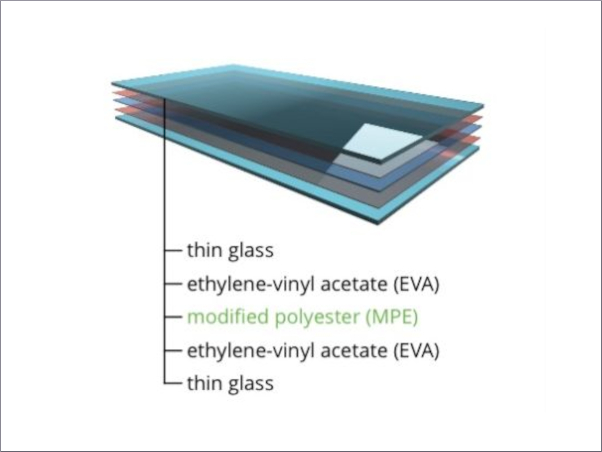


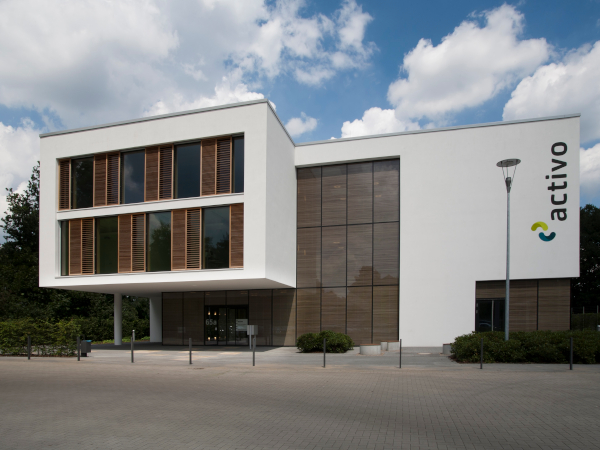

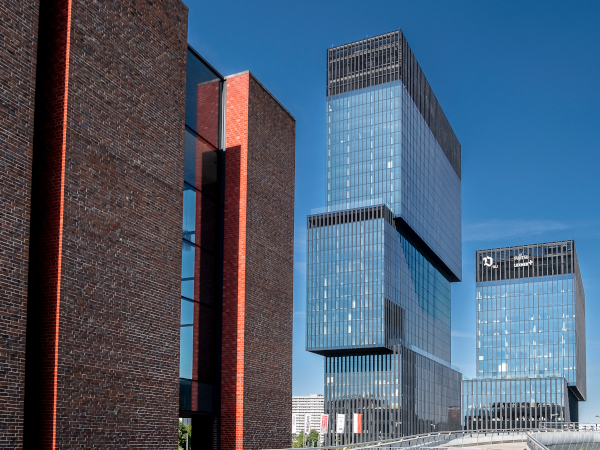






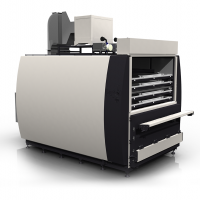
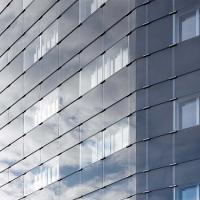
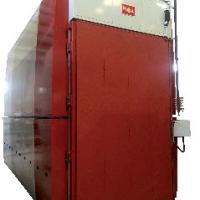


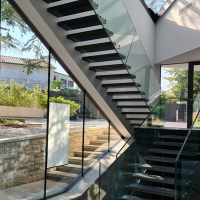
Add new comment